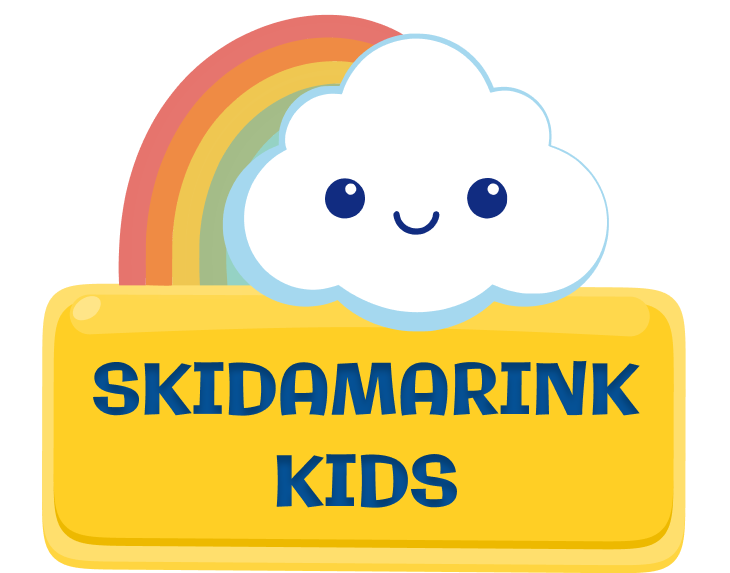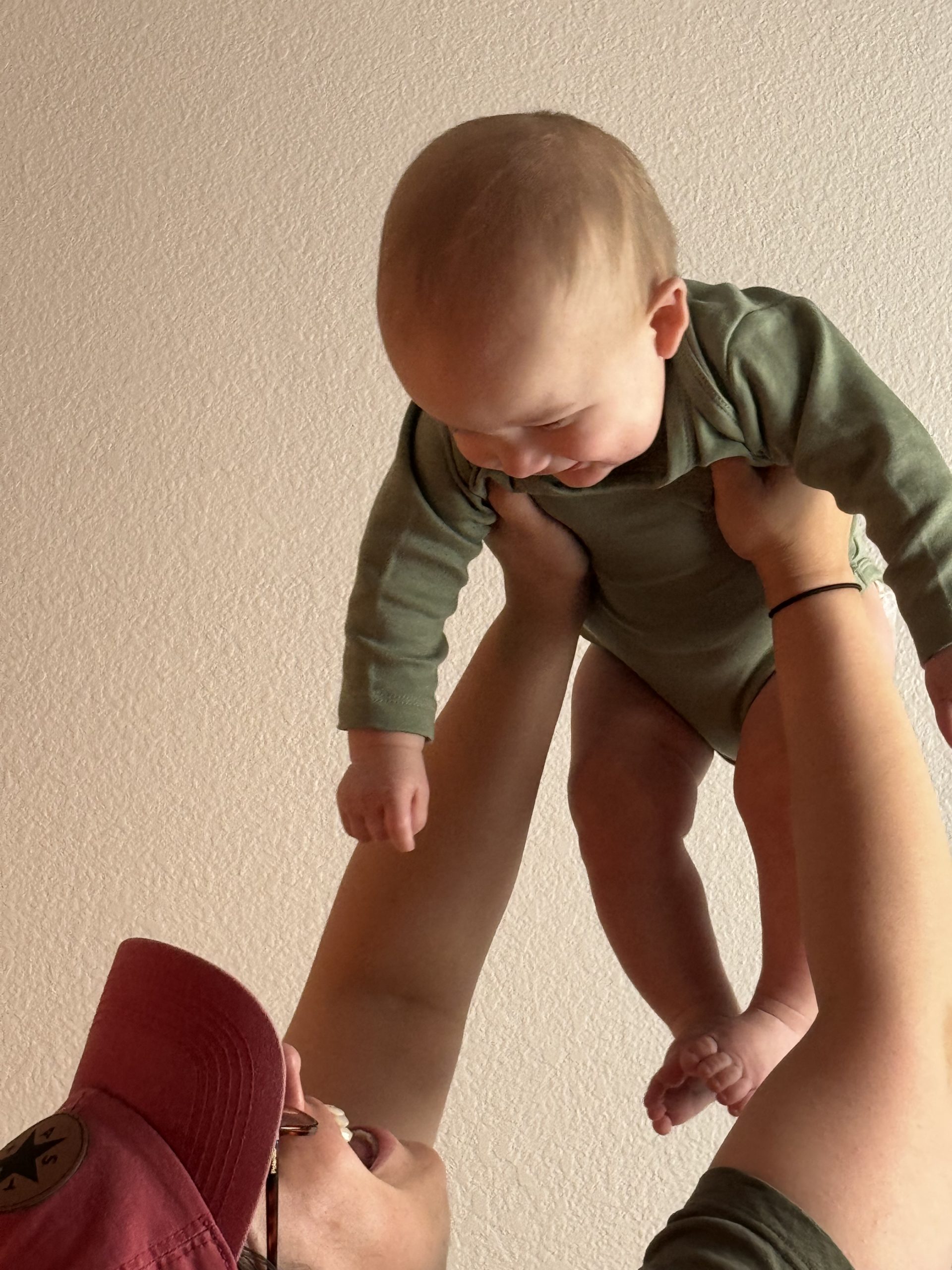The Power of Baby Attunement in Early Development
As you cradle your little one in your arms, have you noticed how they gaze into your eyes? Or how they might mirror your expressions, responding to your smile with their own? This beautiful dance between you and your baby is called attunement – one of the most precious gifts you can give your child during their first years of life that will last throughout their lifetime! Baby attunement creates the foundation for healthy emotional development and secure attachment that will benefit your child for years to come.
Baby attunement is the art of tuning in to your infant’s needs, emotions, and cues. It’s about being present and responsive in ways that help your little one feel seen, heard, and understood. When you’re attuned to your baby, you’re laying the foundation for their emotional well-being and creating a secure bond that will support them throughout life.
Why Baby Attunement Matters for Brain Development
During the first three years, your baby’s brain is developing at an incredible pace. When you respond sensitively to their needs through attunement, you’re actually helping to shape healthy brain development. These early interactions teach your baby that the world is safe, that their feelings matter, and that they can count on you.
Research shows that consistent baby attunement helps develop neural pathways that support:
- Emotional regulation
- Stress management
- Social skills
- Cognitive development
- Future relationship success
What Baby Attunement Looks Like at Different Ages
Newborn Attunement (0-3 months)
- When your baby cries and you pick them up, soothing them with gentle rocking
- Mimicking their facial expressions during those precious alert periods
- Speaking in a soft, sing-song voice as you change their diaper
- Noticing when they turn away, giving them a break when they’re overstimulated
Example: Baby Maya begins to fuss after feeding. Her mom notices she’s been in a bright room for a while and gently carries her to a dimmer space, speaking softly. Maya relaxes in her mother’s arms, her little body becoming less tense as she feels understood.


Infant Attunement (4-12 months)
- Following their gaze to see what interests them
- Narrating what you’re doing together during daily routines
- Respecting their developing preferences (like favorite toys or foods)
- Playing simple games like peek-a-boo, following their lead when they want to continue
Example: Ten-month-old Elijah points to a red bird outside the window. His dad notices, moves closer to the window saying, “Yes! I see the bright red bird too! The bird is flying!” Elijah smiles and babbles excitedly, feeling the joy of shared attention.
Toddler Attunement (1-3 years)
- Acknowledging their feelings, even during tantrums
- Getting down to their eye level when they want to show you something
- Being patient as they try to communicate their needs
- Celebrating their discoveries without taking over
Example: Two-year-old Zoe is struggling to stack blocks and starts to cry in frustration. Instead of taking over, her father sits beside her saying, “You’re working so hard on your tower. It’s frustrating when the blocks fall, isn’t it?” He waits, and when she’s ready, offers, “Would you like some help?” Zoe nods, and together they place the next block.

Building Your Attunement Skills: Everyday Opportunities
Simple Ways to Practice Baby Attunement Daily
- Watch for your baby’s engagement cues – Are they turning toward you (engagement) or away (need for a break)?
- Respond promptly to cries – This builds trust that you’ll be there when needed
- Mirror their expressions and sounds – This early “conversation” teaches communication
- Follow their lead during playtime – Notice what captures their interest
- Maintain a calm presence – Your regulated emotions help them learn to regulate their own
Real-Life Examples of Parent-Child Attunement:
- Diaper changes – Make eye contact and describe what you’re doing
- Feeding times – Notice their hunger and fullness cues
- Bath time – Observe what aspects they enjoy or find challenging
- Bedtime routines – Create predictable patterns that respond to their needs
- Car rides – Sing songs or narrate what you see togetherYou Don’t Have to Be Perfect: Progress Over Perfection
You Don’t Have to Be Perfect: Progress Over Perfection
Remember, you don’t need to be perfectly attuned all the time. Even the most responsive parents miss their baby’s cues sometimes. What matters is that you’re present and trying your best to understand your little one’s world.
When you practice baby attunement, you’re not spoiling your child – you’re nurturing their developing sense of self and teaching them that their feelings and needs matter. This early foundation of emotional security through consistent attunement is one of the greatest gifts you can give your child.
Attunement isn’t about perfection; it’s about connection. The secure attachment you build through responsive parenting creates resilience that will serve your child throughout their life’s journey.
– Ali







